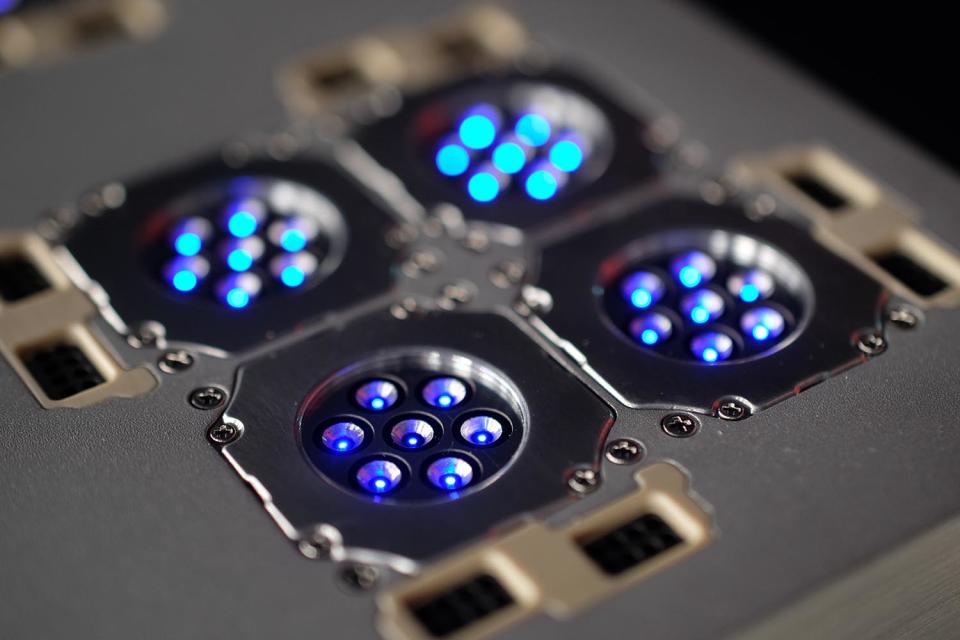Morpheus Space's satellite thrusters are propelled forward with a $28M Series A

The booming satellite industry has been a boon for Morpheus Space, which produces a modular, electric propulsion system for small satellites.
Morpheus has raised a $28 million Series A, with which it intends to build a factory in Dresden, Germany, where it's based, and to increase headcount. That will allow the company to ramp up production of its propulsion systems to meet exponentially growing demand in the smallsat market; since 2019, the number of small satellite launches has increased by nearly 450%.
In 2020, Morpheus launched its Nano Field Effect Electric Propulsion (NanoFEEP) thruster, which it claims is the "smallest and most efficient electric in-space propulsion system" in the world.
Because the system is modular, NanoFEEP thrusters can be combined to create more powerful propulsion systems to meet the needs of a specific satellite. For instance, a cluster of seven NanoFEEP thrusters is called a MultiFEEP, and multiple MultiFEEP thrusters can be added in order to maneuver larger craft. This allows clients to avoid spending additional time and resources developing customized propulsion systems for each of its satellites.
Since the launch of NanoFEEP, Morpheus has landed clients like Spire Global, Antaris Space and Rocket Factory Augsburg — with plenty more on the way.
"In the last year, our number of contracts has increased by 250% and is on pace to grow more," said István Lőrincz, president of Morpheus, who also spoke on the topic at last year's TC Sessions: Space. "The new factory will help us meet the needs of our growing user base. We are going to show by example that the NewSpace industry needs to implement scalable business and production solutions as fast as possible to meet the expected projections."
Morpheus has already indicated its nimbleness in two short years. "One major improvement we implemented recently in our hardware came in the form of a new propellant that has improved the performance of our propulsion systems. It is non-toxic and non-corrosive with zero transport or handling restrictions," said Lőrincz, noting that the former fuel used gallium.
The company has also developed the Sphere ecosystem, an all-in-one package that Morpheus claims differentiates it from its competitors. "We provide a platform-agnostic AI for their satellite navigation, an application that helps plan the entire customer journey from design to satellite operations, mission design software for constellations, and our world-class propulsion devices," said Lőrincz.
The funding round was led by Alpine Space Ventures, with participation from Vsquared Ventures, Lavrock Ventures, Airbus Ventures, In-Q-Tel, Pallas Ventures and Techstars Ventures. With thousands of satellites due to launch over the next few years, Morpheus has plenty more potential clients (and investors) to woo with its system.

 Yahoo Finance
Yahoo Finance 